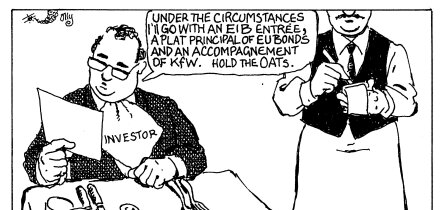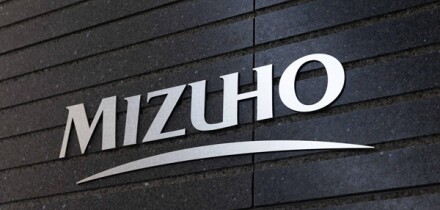Nationwide Building Society has entered an interest rate swap to convert a recent GBP200 million (USD330.04 million) offering into a synthetic floating rate liability. Andy Hutchinson, assistant treasurer in Northampton, U.K., said the thrift decided to enter the transaction because its lending portfolio consists of mostly floating-rate debt. He explained that Nationwide does not always convert fixed-rate to floating-rate debt, but looks at its current debt portfolio to determine whether it needs to enter a new swap to hedge interest rate exposure. He declined to disclose Nationwide's target fixed-to-floating-rate ratio.
In the swap, Nationwide receives the 5.25% coupon on the bond and pays a LIBOR-based rate, which Hutchinson declined to reveal. The swap has a maturity of 10 years because the bond has a 15-year maturity but is callable after 10 years. If the bond is not called, the coupon resets at the five-year gilt rate and the thrift can choose to enter a new swap to hedge the interest rate risk.
Lehman Brothers was the lead underwriter on the bond offering, Hutchinson added, declining to reveal the swap counterparty. An official on the interest rate swaps desk at Lehman referred calls to a spokeswoman in London who declined comment. Hutchinson added that Nationwide requires counterparties to have a minimum credit rating of single A and has collateral agreements in place with about 20 institutions. The thrift's funding needs this year will be over GBP1 billion, Hutchinson said, adding that it was hard to say on what proportion of that issuance Nationwide would enter interest rate swaps.





